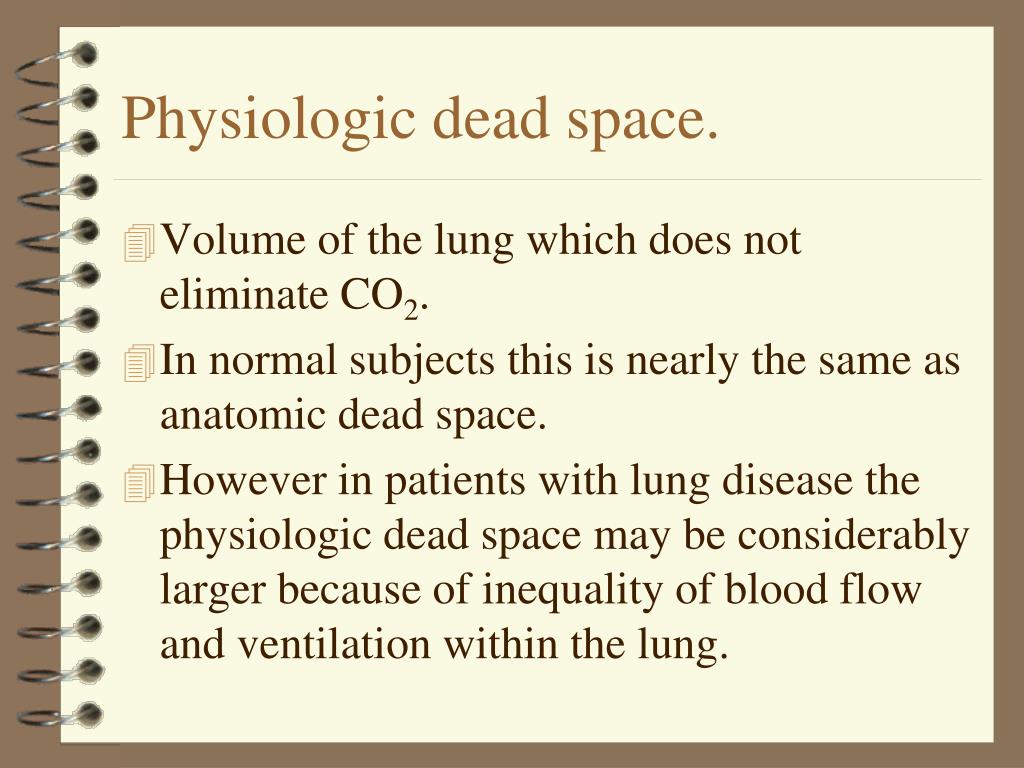

Henceforth, physiologic dead space is more clinically helpful than anatomic dead space. But people with bad health conditions of the lung are inadequately perfused, the physiologic dead space might be extensively bigger than the anatomic dead space.

Note:According to observation, the anatomic and physiologic dead spaces are generally proportional to healthy people as all parts of the lung are very much perfused. So the correct answer will be option A, i.e., Upper respiratory tract. The respiratory system organs oversee the gas exchanges that occur between the blood and the external environment. The job of the respiratory system is to keep the body constantly supplied with oxygen. Less effective at exchanging gas with the blood. The functions of the respiratory system are: Oxygen supplier. Yet in addition factors in alveoli which are very much ventilated but ineffectively perfused. It incorporates all the non-respiratory functional parts of the bronchial tree remembered for anatomic dead space.

The volume of anatomic dead space is around 150 ml in people.Īll the air that gets gathered in dead space never takes any part in the gaseous exchange it means oxygen which goes to that bit is not useful for the human body.Īll these functions carry on the Upper respiratory tract of the human body.Īdditional information:The other type of dead space is a physiologic dead space. Majorly there are two types of dead space namely physiologic dead space and anatomical dead space.Īnatomic dead space is the complete volume of the moving airways from the nose or mouth down to the degree of the terminal bronchioles. Hint: It shows the volume of ventilated air (air enters the lungs) that does not take part in gas exchange.


 0 kommentar(er)
0 kommentar(er)
